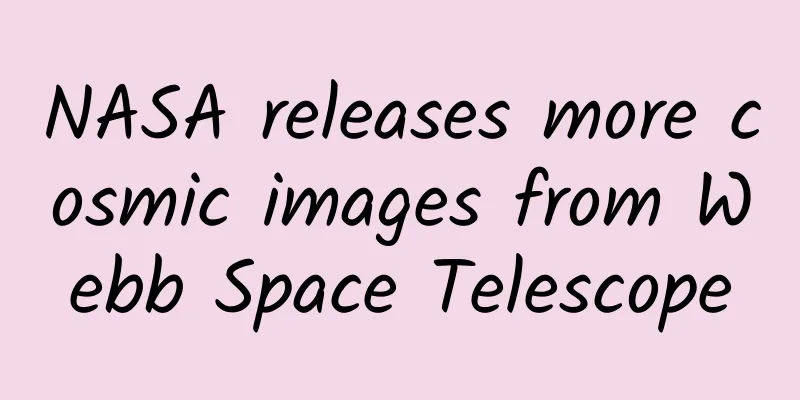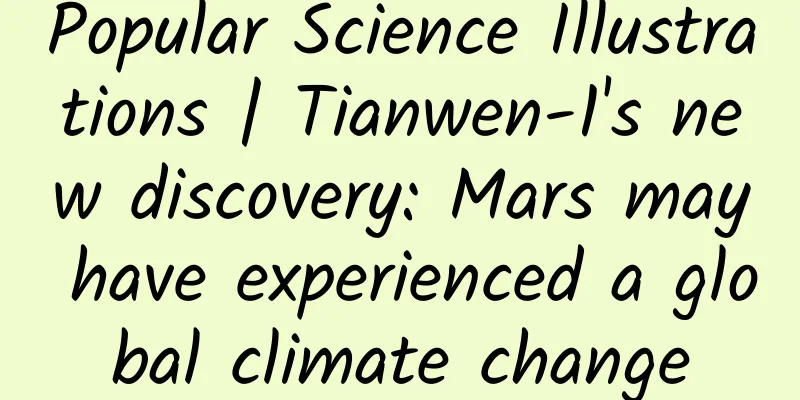NASA releases more cosmic images from Webb Space Telescope

|
After US President Biden released the first full-color image of the deep space taken by the James Webb Space Telescope on the 11th, NASA released more full-color images and spectra of the universe taken by the Webb Space Telescope on the 12th. This is a cosmic image taken by the James Webb Space Telescope and released by NASA on July 12. Xinhua News Agency (Photo provided by NASA) These images include: a spectrum of the exoplanet "WASP-96b" in the Milky Way, which is located in the southern constellation Phoenix about 1,150 light-years from Earth. The spectrum shows for the first time that the planet has features such as water, haze and clouds; the Southern Ring Nebula, which is about 2,000 light-years from Earth, and the image shows the full picture of this planetary nebula; Stephan's Quintet in Pegasus, and the image reveals the speed and composition of the gas near the galaxy's supermassive black hole; the Carina Nebula, and the image shows its earliest, rapid formation stage. The image Biden released on the 11th was taken by the Webb Space Telescope of the "SMACS 0723" galaxy cluster, which contains thousands of galaxies and the faintest celestial body ever observed in infrared light. The size of the starry sky in the vast universe covered by the image is equivalent to a person on the ground looking at a grain of sand after spreading his arms. This is a cosmic image taken by the James Webb Space Telescope and released by NASA on July 12. Xinhua News Agency (Photo provided by NASA) In a press release released on the 12th, NASA said that the first images observed by the Webb Space Telescope tell the story of the unknown universe by showing various stages of cosmic history, including exoplanets and the most distant observable galaxies in the early universe. The communiqué said that the release of the Webb Space Telescope's first images and spectra marked the beginning of its scientific mission. Astronomers around the world will have the opportunity to use the instruments carried by the Webb Space Telescope to observe celestial bodies in the solar system and the early universe. The Webb Space Telescope was jointly developed by NASA, the European Space Agency and the Canadian Space Agency, and is considered the "successor" to the Hubble Space Telescope. The telescope was launched from the Kourou Space Center in French Guiana on December 25, 2021, and successfully entered its orbit around the second Lagrange point of the Sun-Earth system on January 24 this year. This is a cosmic image taken by the James Webb Space Telescope and released by NASA on July 12. Xinhua News Agency (Photo provided by NASA) The Hubble Space Telescope mainly observes in the visible and ultraviolet bands, while the Webb Space Telescope mainly observes in the infrared band. The mission objectives of the Webb Space Telescope include observing how the first galaxies in the universe were born more than 13.5 billion years ago, studying the various stages of galaxy evolution, and observing the formation of stars and planetary systems. This is a cosmic image taken by the James Webb Space Telescope and released by NASA on July 12. Xinhua News Agency (Photo provided by NASA) This is a cosmic image taken by the James Webb Space Telescope and released by NASA on July 12. Xinhua News Agency (Photo provided by NASA) |
<<: It's here again! Why are there so many supermoons? What are the highlights?
Recommend
Help! Why can’t I poop when I travel?
Planning and production Source: A Brief History A...
Sun Jing Victoria's Secret Body Sculpting 14-day Family Training Camp Waist and Abdomen Shaping
Sun Jing Victoria's Secret Body Sculpting 14-...
China Eastern Airlines Employees’ Fingertip Assistant [WeChat Enterprise Account Case]
China Eastern Airlines employees use many self-se...
New media operation Weibo planning plan!
Official Weibo operation plan: 1. Planning Purpos...
Talking about fission activities: How to increase tens of thousands of fans per day through one activity?
As we all know, almost every company is talking a...
Is it better to drink more water in summer? Why did drinking water cause trouble?
The summer heat has finally begun. In order to av...
How to promote on Momo?
Momo is a mobile social application based on loca...
The diary of starting an account from 0 to 50,000 followers, the experience of starting an account and the logic of monetization
Diary of starting an account from 0 to 50,000 fol...
Analysis of the technical principles of mobile terminal monitoring system
[[184536]] In such an era that focuses on user ex...
Helicobacter pylori has these "effects"? Don't be complacent, you still have to treat it!
In 1982, Australian scientists Barry Marshall and...
Make money together·Automatic cross-border independent station without source of goods [no plug-in provided]
Make US dollars together·No source of goods, auto...
130 App Slogans, each one is a great insight!
A good slogan, in addition to being closely relat...
How to choose a satisfactory VR device?
VR is like a big wave rushing towards the public, ...
The deputy mayor of Shanghai took the lead in taking off his mask and only recommended not wearing a mask in these occasions!
According to Oriental Net, on the afternoon of th...
Analysis of China Guangfa Bank’s Private Domain Operation Case
For today’s young people, if they don’t have two ...









